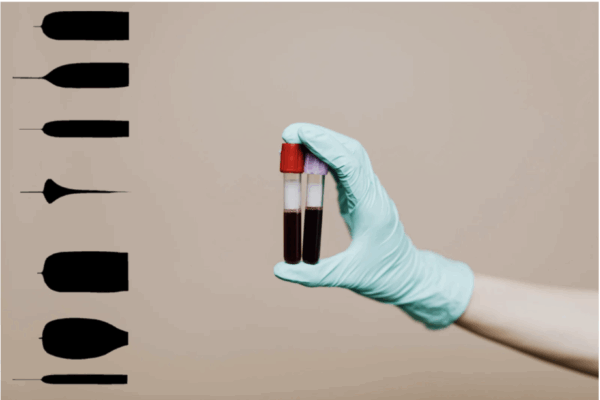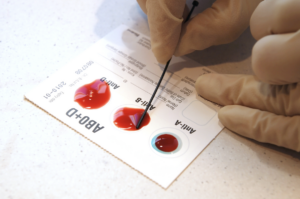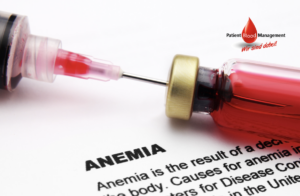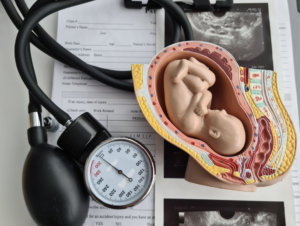
Reticulocyte Hemoglobin Content: A New Frontier in Iron Deficiency Diagnostics for Major Surgical Patients
BMC Anesthesiology
We conducted a retrospective study to evaluate reticulocyte hemoglobin content (Ret-He) as an early marker for iron deficiency diagnosis in major surgical patients. We screened 2,966 patients from the anemia outpatient clinics at University Hospital Frankfurt and University Hospital Würzburg, analyzing the significance of Ret-He in diagnosing iron deficiency in both anemic and non-anemic patients. Patients were assigned to four groups based on hemoglobin, ferritin, and transferrin saturation: Control (no anemia, no iron deficiency), ID (no anemia, iron deficiency), IDA (anemia, iron deficiency), or Others (anemia of unknown cause).
Main Outcomes
- Patient distribution: 2,760 patients analyzed – Control (54.2%), IDA (14.9%), ID (17.6%), and Others (13.4%)
- Ret-He performance: Significantly decreased in IDA group compared to all other groups (p<0.001)
- Diagnostic accuracy: ROC analysis revealed AUC of 0.842 (95% CI: 0.82–0.87) for detecting IDA at Ret-He cutoff 33.5 pg
- Sensitivity and specificity: 69.7% sensitivity (65.3–74.0%) and 85.7% specificity (82.3–86.1%) for IDA diagnosis
- Hidden iron deficiency: 131 patients with anemia of unknown cause (Others group) had Ret-He <33.5 pg, suggesting possible functional iron deficiency despite elevated ferritin (median 492.0 ng/ml)
- Predictive value: Each unit decrease in Ret-He associated with 26% increased odds of iron deficiency (OR=0.740; p<0.001)
Limitations
- Retrospective design: Potential for unmeasured confounders despite propensity score matching approach
- No surgeon experience data: Study did not account for individual surgeon skill or years of experience
- Confounding factors: Various conditions affecting erythropoiesis (vitamin deficiencies, bone marrow disorders, medications) may influence Ret-He levels
Conclusion
Ret-He represents a promising alternative marker for diagnosing iron deficiency in surgical patients, particularly valuable in cases of elevated ferritin levels due to inflammation or in non-anemic patients where iron deficiency may be overlooked. With a cutoff of 33.5 pg for anemic patients and 34.6 pg for non-anemic patients, Ret-He can serve as an effective screening tool to prioritize patients for comprehensive iron status testing when preoperative time is limited. This marker offers real-time reflection of iron availability for erythropoiesis and is not influenced by inflammation, making it especially useful in the complex perioperative setting.
Cite
Choorapoikayil S, Kotlyar MJ, Kawohl L, et al. Reticulocyte hemoglobin content: a new frontier in iron deficiency diagnostics for major surgical patients. BMC Anesthesiol. 2025;25(1):40. Published 2025 Jan 25. doi:10.1186/s12871-025-02905-6
Transfusion Risk in Open, Laparoscopic, and Robotic-Assisted Surgery: A Propensity Score Matched Case-Control Study across Surgical Disciplines
Viscoelastic haemostatic assays to guide therapy in elective surgery: an updated systematic review and meta-analysis










